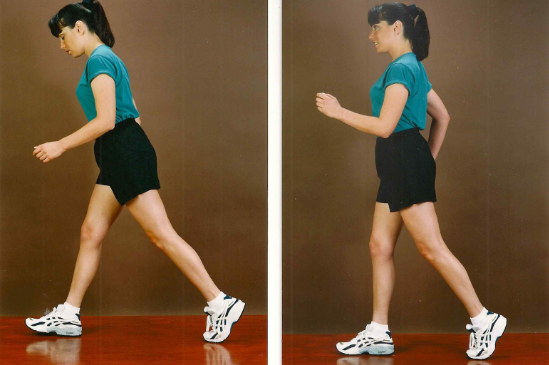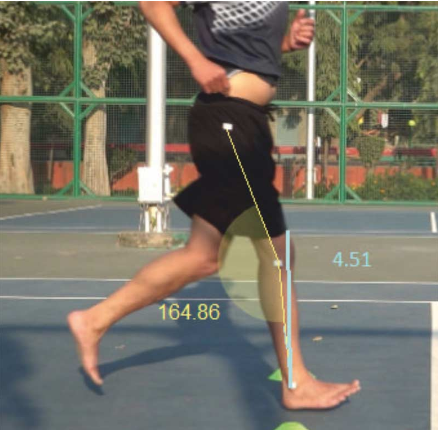What is Overstriding in Running?
“Overstriding” is a term frequently used in the running community to describe a particular foot-striking pattern that may lead to discomfort or injury. However, there’s often confusion about what precisely constitutes overstriding. In this article, we’ll explore the concept of overstriding, its impact on runners, and potential solutions.

Is Heel-Striking Always Overstriding?
Contrary to popular belief, not all heel-striking should be classified as overstriding. Some runners naturally heel-strike without experiencing any problems. Overstriding should be understood as a specific type of heel-striking that may be detrimental to one’s running form.
The Myth of “Perfect Running Form”
It’s important to recognize that there is no one-size-fits-all “perfect running form.” Each runner’s body is unique, and their running stride will naturally vary. If a runner is comfortable and injury-free, there might not be a need to make significant changes to their form.
Addressing Overstriding for Injury Prevention
While not everyone needs to alter their running form, there are specific cases where addressing overstriding can be essential for preventing injuries. Two common examples are anterior knee pain and medial tibial stress syndrome. To determine if addressing overstriding can benefit these individuals, a video running analysis is a valuable tool.

Identifying Overstriding in Running Indicators
When conducting a video running analysis, several key indicators can help identify overstriding:
- Shin angle at initial contact: Look for a shin angle of less than 10 degrees with respect to vertical.
- Amount of knee flexion at initial contact: Aim for slight knee flexion, approximately 25-35 degrees.
- Amount of dorsiflexion at initial contact.
While there is no universally accepted method to measure overstriding, these indicators can signal the need for adjustments, even if only temporarily.
Improving Running Form with Cadence
Rather than resorting to complex cues to address overstriding, a simple and effective solution is to increase step-rate, also known as cadence. Increasing step-rate by as little as 5% can automatically improve various indicators associated with overstriding.
The Benefits of Increased Cadence
An increased step-rate offers several benefits, including:
- Reduced vertical oscillation.
- Lower ground reaction forces.
- Enhanced shock attenuation.
- Reduced energy absorption at the hip, knee, and ankle joints.
- Lessened plantar loads.
In essence, a higher cadence can positively impact your running form without the need for major form adjustments.

Conclusion
In conclusion, understanding the concept of overstriding in running is essential for injury prevention and performance enhancement. While there is no one-size-fits-all solution for perfect running form, identifying specific indicators and increasing cadence can be effective strategies to address overstriding and reduce the risk of running-related injuries. If you would like to explore references related to this topic, feel free to request them.

